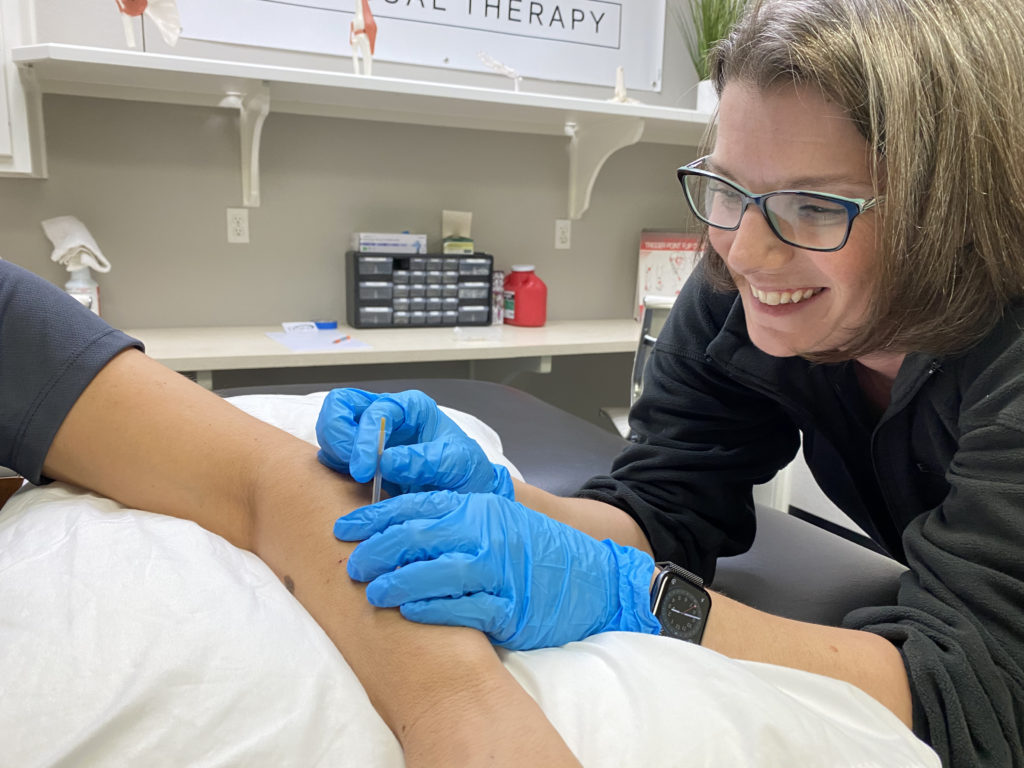UNDERSTANDING FUNCTIONAL MANUAL THERAPY
Functional Manual Therapy® (FMT) was developed by Gregory S. Johnson, PT, and Vicky Saliba Johnson, PT. FMT is an integrated approach of evaluation and treatment that promotes optimum human performance by enhancing total body mobility and CoreFirst® postural and movement strategies. The combined 75 years of clinical experience and innovative treatment development by the co-founders of FMT® bring a unique and comprehensive approach to patient care.
Recent research and functional imaging of the brain continues to reveal the interrelationship between pain, muscular inhibition and poor movement strategies. Just mobilizing joints, giving patients stretching and strengthening exercises, or having a patient participate in “core stabilization” is not sufficient to address the complex interrelationship between the available mobility of the human system and the integration of automatic and volitional motor strategies.

